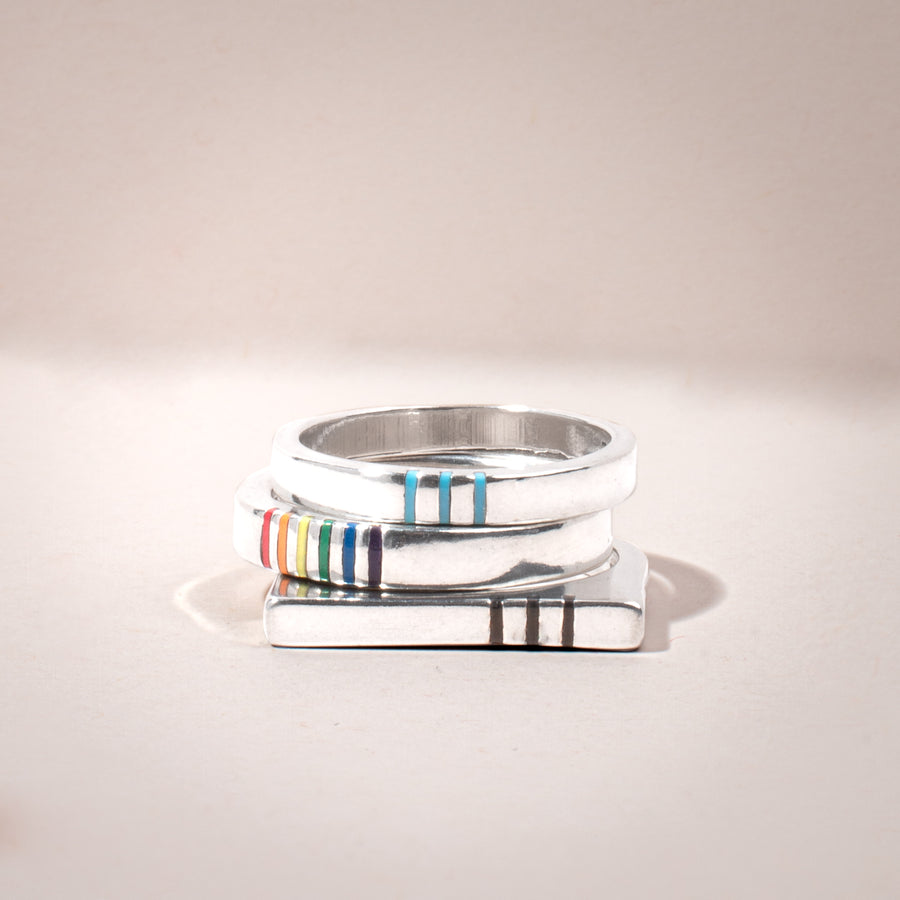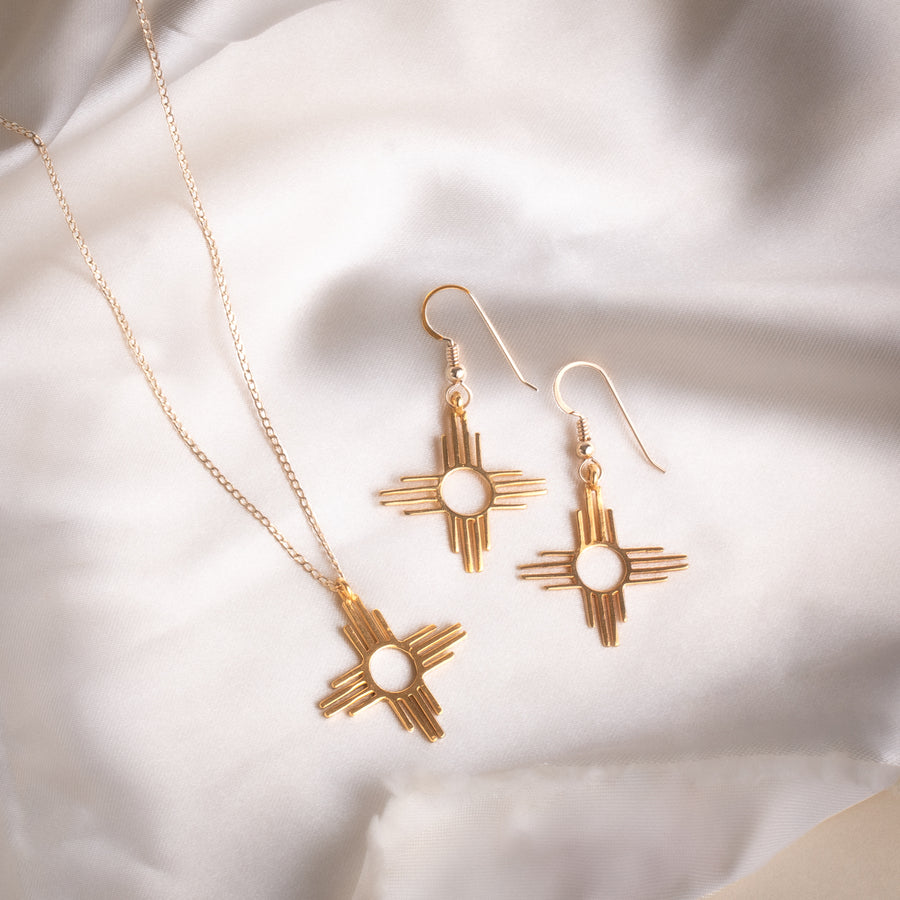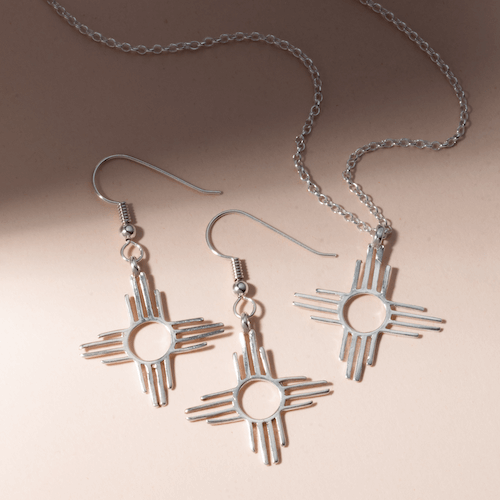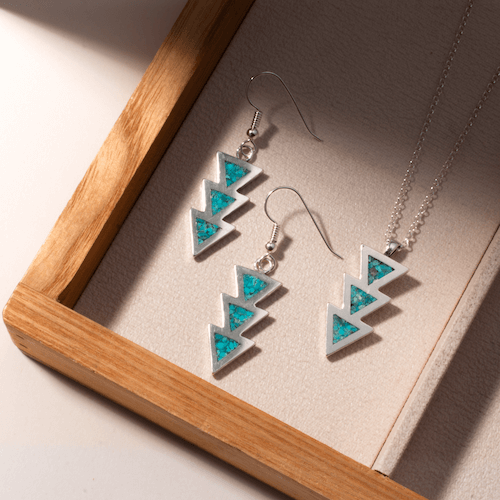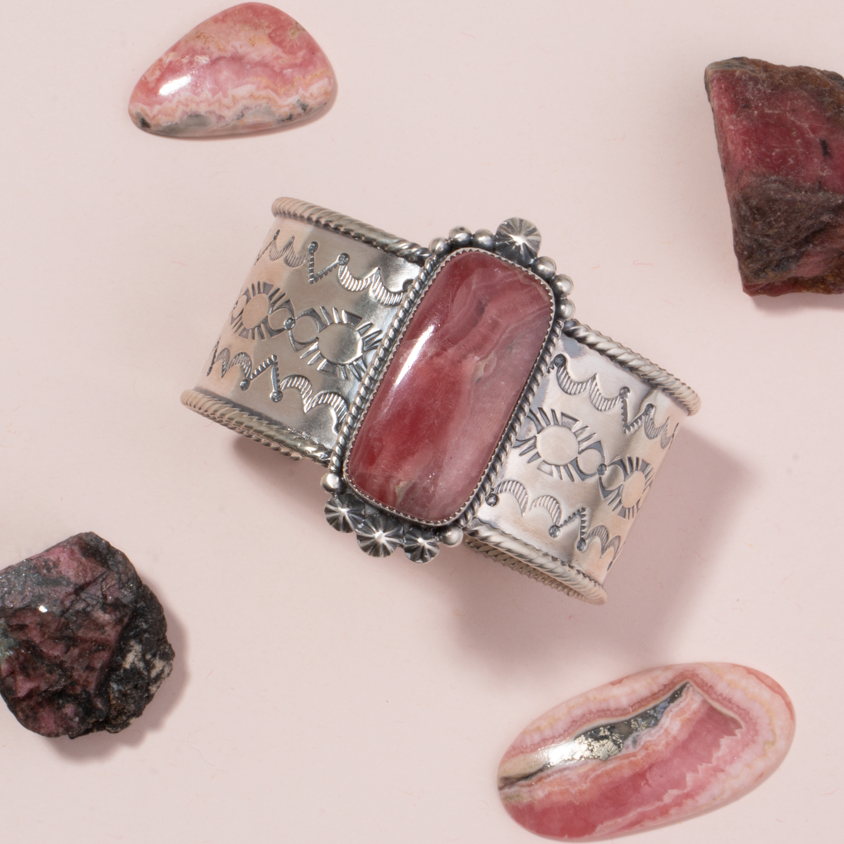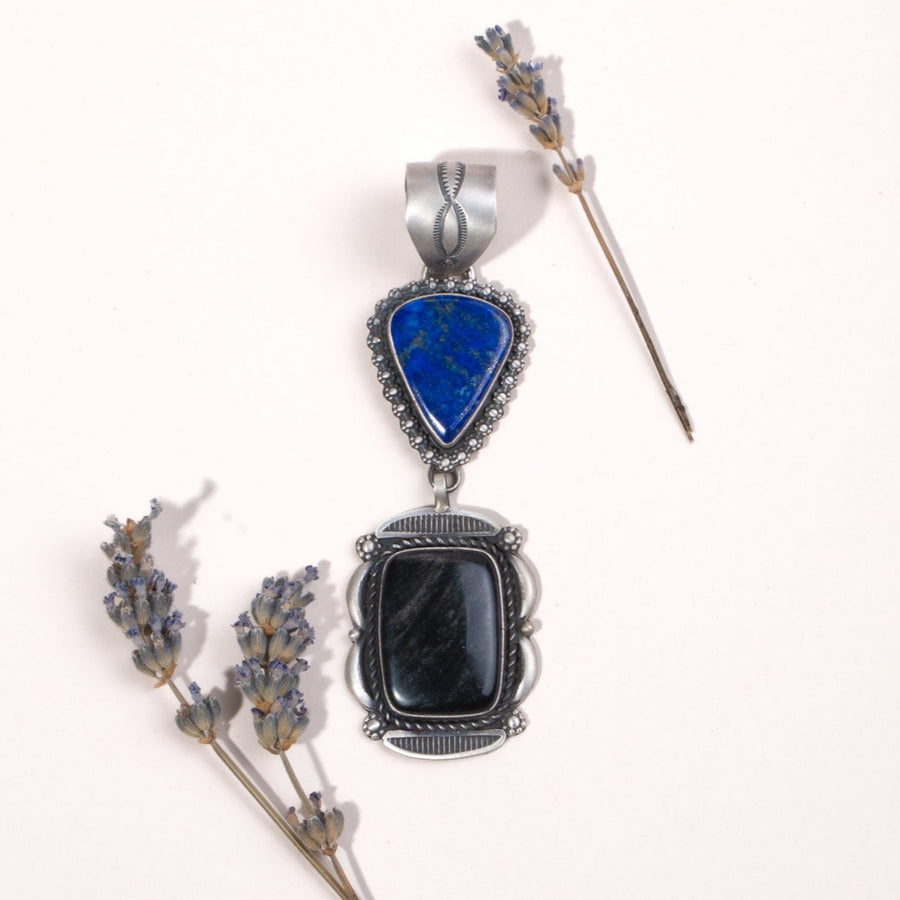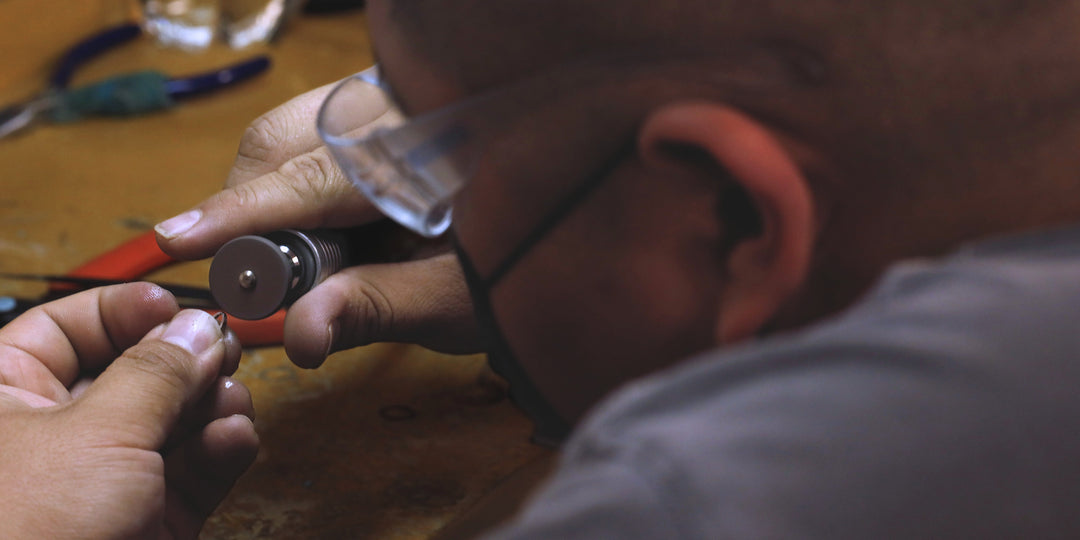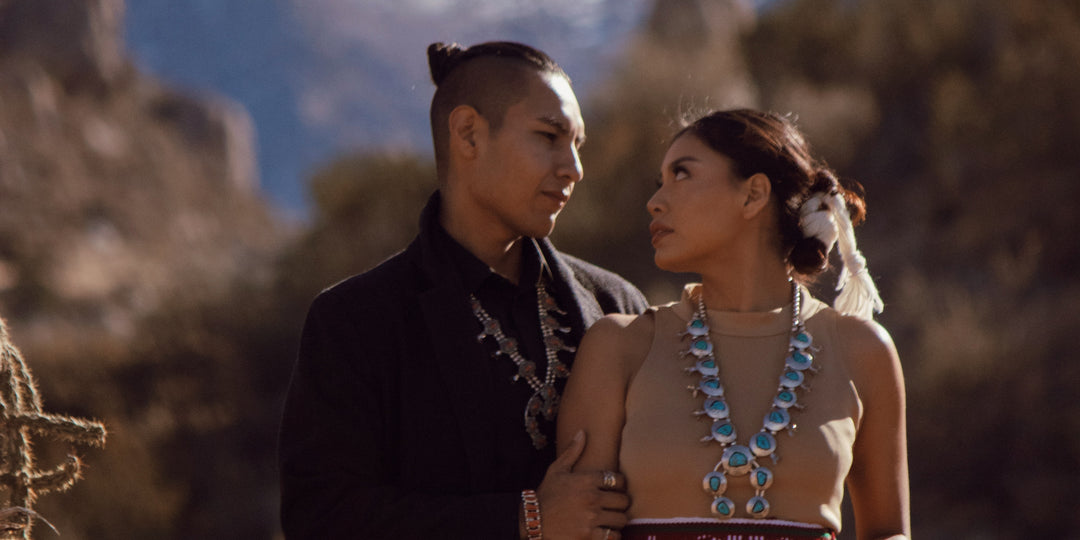Ancient trade routes and modern jewelry
The diverse materials found in handcrafted Native American jewelry reflect more than the long history of such items being valued by various groups. The fact that stones as different as turquoise, opal, and coral are all part of the tradition of Native jewelry making reflects the truth that the prehistoric and historic world was far larger and more connected than we often think of it as. In fact, there were networks of trade and communication that covered long distances in the ancient world.

Trade in the ancient world consisted of a wide variety of items: food, bone tools, pottery, jewelry, hides and more. The Hopi traded woven cotton textiles, Pueblo villages traded pottery and the Yumans of the Sonoran Desert traded clothing and bags of leather. Hohokam people bartered seashells they’d gotten from the Mojave for sturdy buffalo hides from the Plains tribes they encountered.
Two items prized by traders were turquoise and the feathers of the Scarlet Macaw. Tribes in South America valued the turquoise mined in what is now the American Southwest, while the Ancient Pueblo people sought the brilliant feathers of the macaw for their own jewelry and adornment. Trade routes allowed for the exchange of such material items, bringing stones, feathers and other things to groups far from where they were found.

Networks had certain hubs of trade as well. Those living in the area of Chaco Canyon were major processors of turquoise jewelry. Before the arrival of Europeans, Taos Pueblo was known as a major center for trade. Studies of both Taos Pueblo and Abiquiu seem to show they held gatherings specifically for trading.
Such revelations show us that human societies have interacted over long distances throughout time. Important trade routes connecting diverse people have been found to have existed in the American Southwest as far back as 500 BC. Today we can see the result of the trading and sharing that went on over a thousand years ago as we look at the variety of materials found in modern jewelry. It’s a reminder that many groups of people inhabit this one planet and, if we choose to, we can enjoy the beauty of other places and share the beauty of our own landscape.
Resources:
